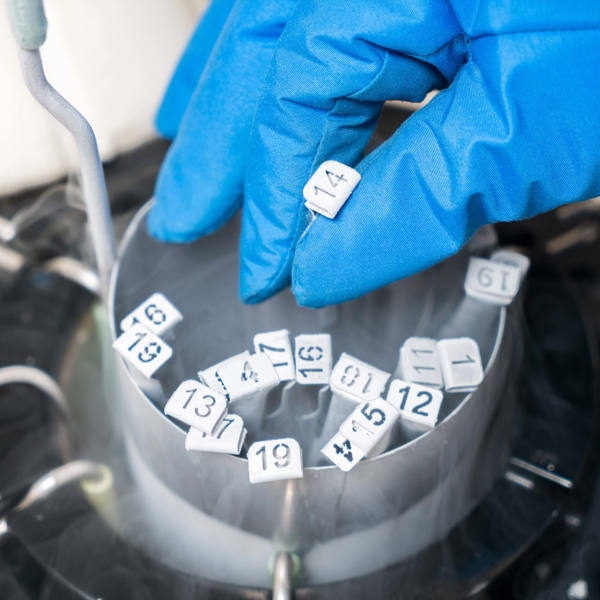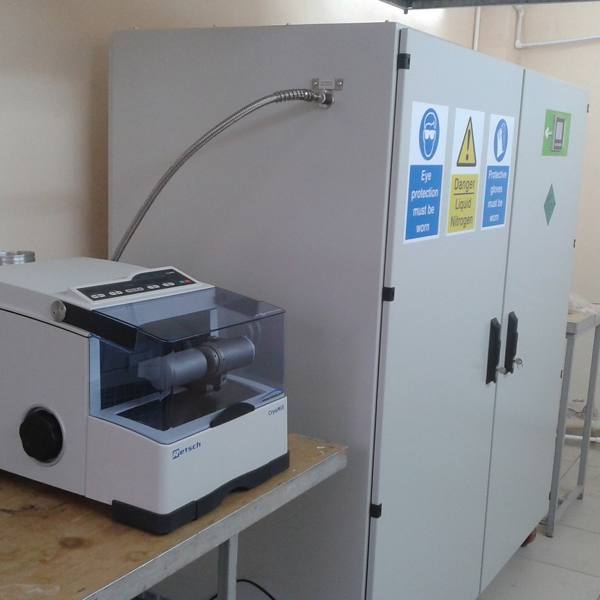
Liquid nitrogen for academic research
In academic research, liquid nitrogen is a vital tool used across many disciplines. It enables scientists to preserve biological samples, maintain ultra-low temperatures for sensitive experiments, and support techniques such as cryogenics and spectroscopy. By providing a reliable method for freezing, cooling, and stabilizing materials, liquid nitrogen helps researchers explore new knowledge and solve real-world problems.

Liquid nitrogen applications in research
Liquid nitrogen, with its extremely low temperature, plays a crucial role in various academic research fields:
Cryopreservation:
Preserving biological samples like cells, tissues, and DNA for future research.
Storing stem cells for regenerative medicine.
Material Science:
Creating low-temperature environments for experiments in superconductivity, magnetism, and other quantum phenomena.
Analytical Chemistry:
Cooling detectors in analytical instruments like mass spectrometers and NMR spectrometers to improve sensitivity and resolution.
Need a liquid nitrogen generator for your research project?
Noblegen systems are engineered for safety, reliability, and seamless integration, giving you complete control over your liquid nitrogen supply. Our experts can help you select the right generator to match your lab’s requirements, ensuring consistent performance and eliminating supply chain concerns.

Why choose liquid nitrogen generators?
Liquid nitrogen generators offer several advantages for academic research:
- Reliable Supply: Ensures a continuous supply of liquid nitrogen, eliminating the need for frequent deliveries and minimizing downtime.
- Reduced Maintenance: Requires minimal maintenance, saving time and resources.
- Improved Safety: Eliminates the risks associated with handling and transporting large quantities of liquid nitrogen.
- Cost-Effective: Offers long-term cost savings by reducing reliance on external suppliers.
- Environmental Benefits: Reduces carbon emissions and promotes sustainable practices.
By utilizing liquid nitrogen generators, academic institutions can optimize their research capabilities, improve efficiency, and contribute to groundbreaking discoveries

The importance of reliable LN2 supply for academic research
From cryopreservation and sample preparation to cooling electronics, liquid nitrogen is essential to many areas of academic research. However, when supply is unreliable, these critical processes face significant risks.
Risk of unreliable LN2 supply in academic research
-
Interrupted experiments: Many processes such as cryopreservation, NMR spectroscopy, or electron microscopy require stable, ultra-low temperatures. A supply disruption can halt experiments mid-way, wasting time and resources.
-
Sample loss: Biological samples, cell lines, and tissues stored in LN2 can degrade if temperatures rise, leading to irreversible loss of valuable research material.
-
Compromised data quality: Inconsistent cooling or temperature fluctuations can affect experimental accuracy, making results unreliable and delaying publication.
-
Financial loss: Lost samples, repeated experiments, and wasted reagents translate into significant costs for research institutions.
-
Setbacks in progress: Delays caused by unreliable supply can slow down critical projects, grant deadlines, and collaborations.

Driving research excellence at a life sciences hub
Find out how a Noblegen generator enabled a leading life sciences hub to maintain seamless LN2 access at a busy central location.
Related Products
Liquid nitrogen solutions for academic research

Focus on science, not supply
By choosing on-site generation, institutions gain a reliable, cost-effective, and sustainable supply that removes the risks of delivery delays and storage limitations. Compact, low-maintenance generators are designed to integrate seamlessly with existing lab equipment, providing continuous access to LN₂ without taking up valuable space. This ensures researchers can focus on discovery and innovation with complete confidence in their resources.



